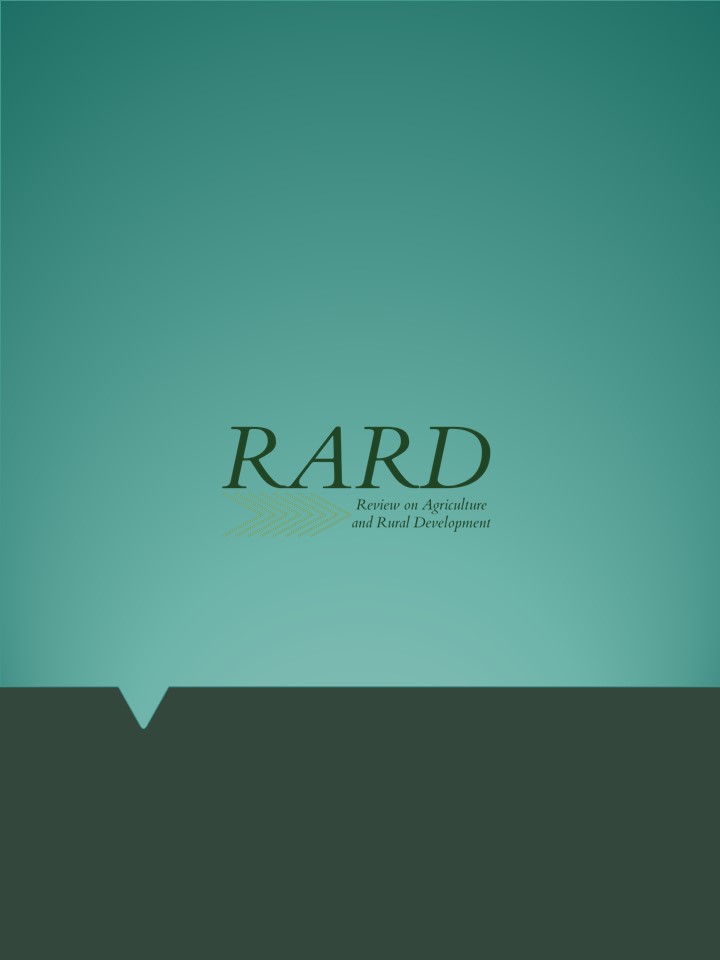Behaviour pattern of roe deer at feeding places revealed by camera-trapping in the hungarian great plain
Main Article Content
Abstract
In the Hungarian Great Plain the roe deer (Capreolus capreolus) is one of the most important species for wildlife management. The supplementary feeding of roe deer in Hungary is a traditional habit, it can be beneficial for deer to survive and keep body condition during winter. In our study, we aimed to know the behavioural habits of roe deer at feeding places. The data were collected in two wildlife management units in Jász-Nagykun-Szolnok county in Hungary from the winter of 2019 until the spring of 2020. Roe deer followed a temporal trend, with higher numbers around feeders in colder months and lower numbers in warmer months. Their visits followed a bimodal activity pattern that was characterized by peaks of activity at dawn and dusk. We were able to link the presence of snow cover and precipitation to an increase in the feeding activity of roe deer. It is important to understand that the presence of deer at the feeder does not reflect the actual biological effect of the use of feeders on deer. Game managers should identify what the main goal of the feeding is and think of how to validate the effectiveness of this expensive intervention. We suggest at least measuring how much of the supplemented feed actually makes up the diet of roe deer individuals. However, it would be the most reliable approach to analyse the physiological and biological differences between fed and non-fed deer.
